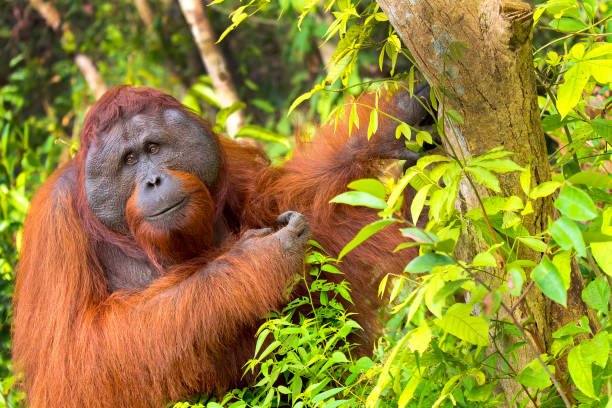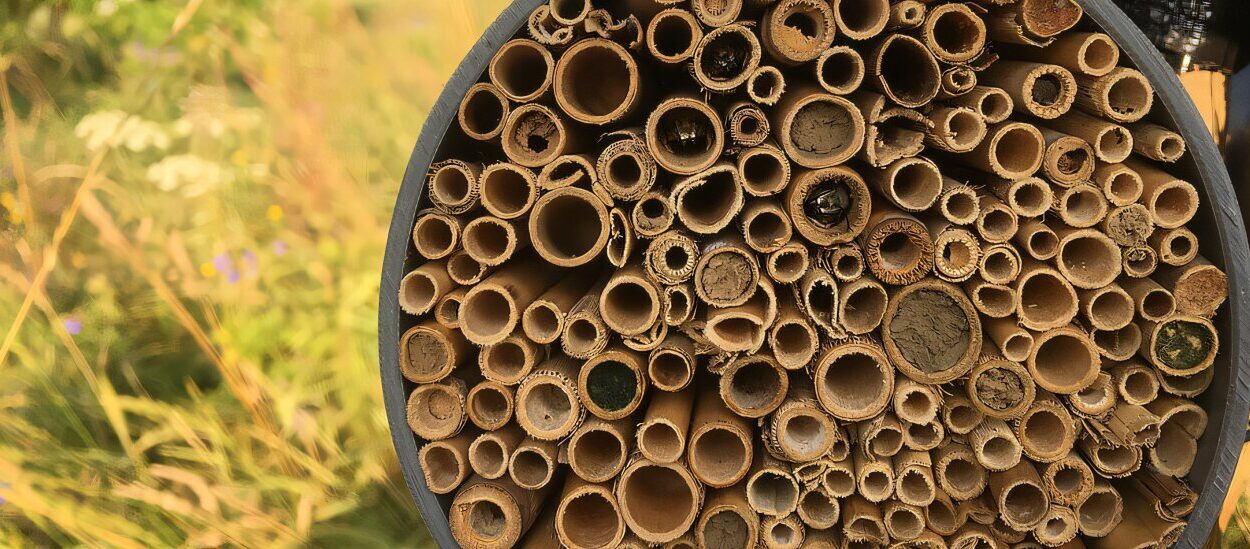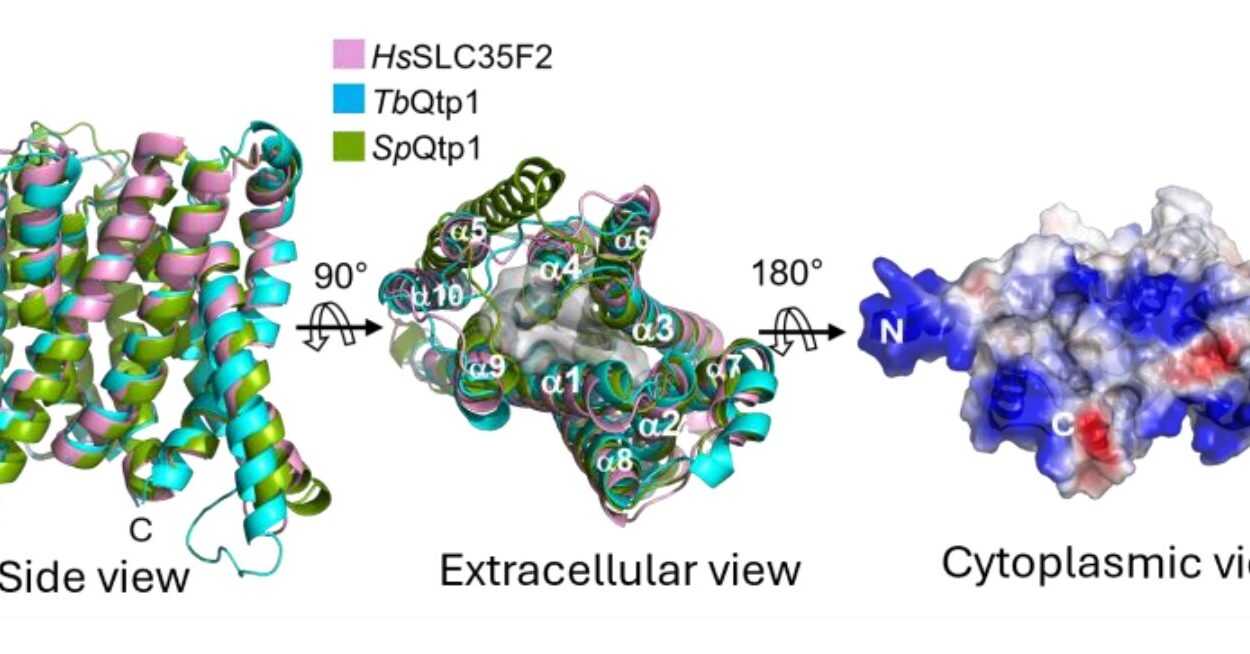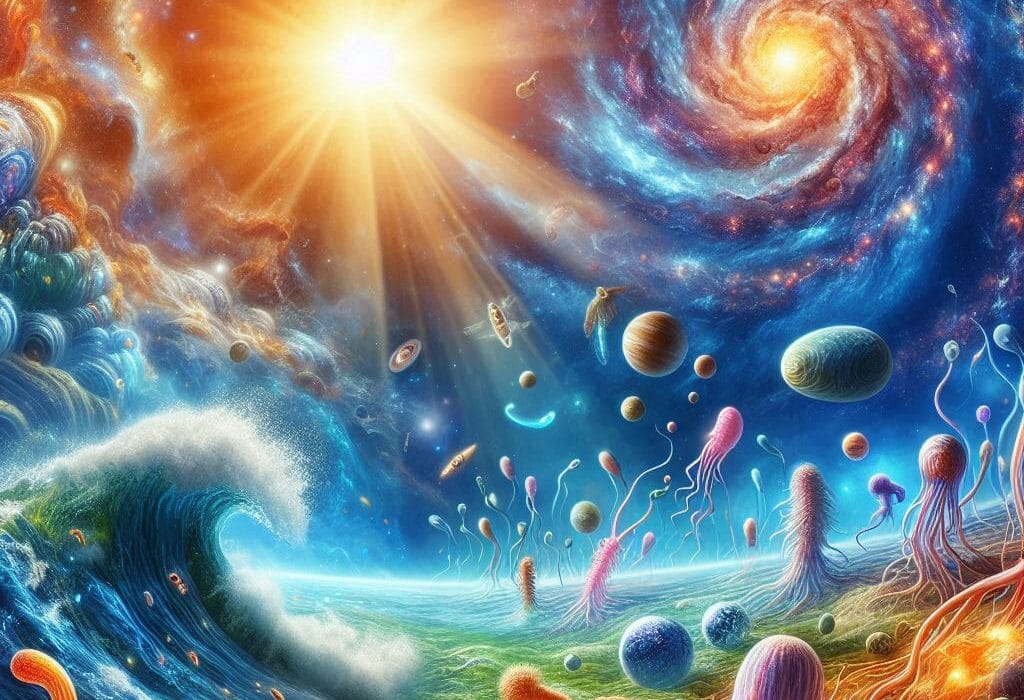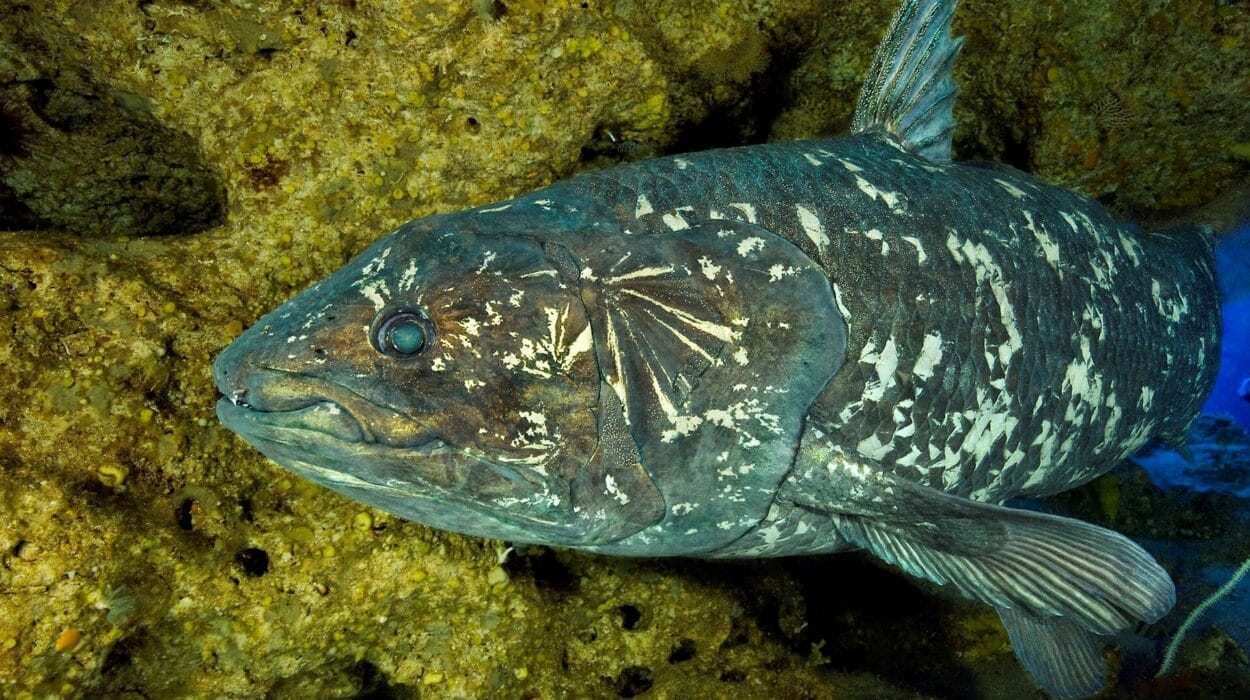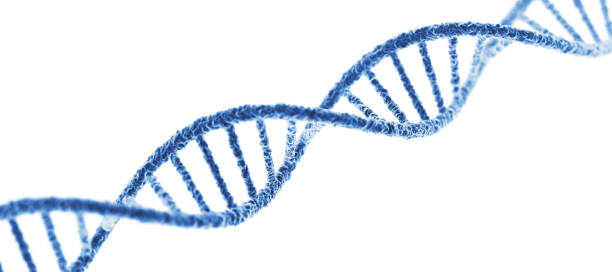Before the modern age of science, the world was seen through very different eyes. Earth was believed to be young, perhaps only a few thousand years old. Species were viewed as immutable creations—crafted perfectly and permanently by divine hands. The fossilized remains of ancient creatures puzzled scholars but were often dismissed as curiosities or even tricks of the devil. The idea that life had a history, that it changed over time, and that humans were part of that vast, evolving story was almost unthinkable.
Then came a seismic shift—a scientific revolution that tore down the old worldview and replaced it with one far more majestic, mysterious, and powerful. The story of the theory of evolution is not simply the work of a single genius, nor a single eureka moment, but a long and winding journey through centuries of observation, conflict, experimentation, and relentless curiosity.
To understand the scientific revolution behind the theory of evolution is to witness the rebirth of human understanding itself.
A World Ready for Change
The roots of evolutionary thought stretch deep into history, far beyond Darwin. As early as the 6th century BCE, Greek philosophers like Anaximander speculated that life may have arisen from simpler forms. The Roman poet Lucretius, in his epic De Rerum Natura, spoke of creatures forming randomly, with only the fittest surviving. But these were flickers in the dark, unsupported by systematic evidence and often drowned out by dominant religious doctrines.
In medieval Europe, the idea of change in nature was largely heretical. The Earth was seen as static, species fixed, and time bound by a biblical chronology. The prevailing intellectual authority was the Church, and most natural philosophy revolved around interpreting divine order.
It wasn’t until the Renaissance and the Enlightenment that a true transformation began. The rebirth of classical knowledge, combined with new discoveries and instruments—like the telescope and microscope—invited thinkers to observe, to question, and to imagine beyond ancient texts.
It was during this time, between the 17th and 19th centuries, that a cascade of discoveries in geology, paleontology, biology, and comparative anatomy slowly chipped away at the static worldview. The Earth, it seemed, was not thousands but millions of years old. Fossils were not tricks of the devil, but remnants of once-living creatures. And those creatures, surprisingly, bore resemblances both to modern animals and to one another.
The ground was shifting—literally and intellectually—and the world was preparing for a radical new understanding of life itself.
Geology Lays the Foundation
One of the first great revolutions came not from biology, but from beneath our feet. Geology—the study of Earth’s physical structure and history—began to reveal a planet far older and more dynamic than previously imagined.
In the late 18th century, Scottish geologist James Hutton introduced the idea of uniformitarianism: the belief that the same slow, natural processes shaping Earth today—erosion, sedimentation, volcanic activity—had been at work for millions of years. This stood in stark contrast to catastrophism, the belief that Earth’s features were shaped by sudden, divine events.
Hutton’s ideas, later popularized by Charles Lyell in his seminal Principles of Geology, painted a picture of an ancient Earth where change was constant and gradual. Layer upon layer of rock recorded the passage of deep time, and within those layers lay the petrified bones of long-extinct creatures.
Fossils, once dismissed or misunderstood, were now recognized as evidence of life forms that no longer existed. As more fossils were uncovered, patterns emerged. Some strata contained only primitive sea creatures, while others featured more complex land animals. Entire lineages seemed to rise, diversify, and vanish.
The fossil record whispered of a story unfolding over millions of years. A story of life changing, adapting, and transforming. But what force drove that change? What mechanism could sculpt such diversity?
The Puzzle of Living Forms
While geologists unearthed Earth’s deep history, naturalists turned their attention to the forms of life themselves. The 18th and early 19th centuries saw an explosion of cataloging and classification. Explorers brought back specimens from across the globe, and scientists attempted to make sense of the dizzying variety of species.
Swedish botanist Carl Linnaeus created a formal system of classification, organizing organisms into hierarchical groups based on physical similarities. Though Linnaeus believed in the fixity of species, his system inadvertently highlighted the connections between different forms of life.
The closer scientists looked, the more resemblances they found. Bats had wings, whales had fins, humans had hands—but the bones within those limbs were strikingly similar. The underlying structures were almost identical, even if the functions were not.
Comparative anatomy revealed that vastly different creatures shared a common blueprint. Embryology, too, showed that early development in animals often followed similar stages. Human embryos, for a brief moment, even exhibited gill-like structures.
What did it all mean? Were these patterns the result of design, or descent?
The Pre-Darwinian Sparks
Long before Charles Darwin stepped aboard the HMS Beagle, several thinkers had already begun to flirt with evolutionary ideas. French naturalist Jean-Baptiste Lamarck proposed that species could change over time through the inheritance of acquired characteristics. If a giraffe stretched its neck to reach leaves, for example, its offspring would inherit a longer neck.
Though Lamarck’s mechanism was later discredited, his central insight—that life was not fixed—was revolutionary. He proposed that organisms adapted to their environments, and that this adaptation drove transformation over generations.
Meanwhile, in England, Erasmus Darwin—grandfather of Charles—wrote poetic musings on the evolution of life. He speculated that all warm-blooded animals had arisen from a single “living filament,” evolving through competition and sexual selection.
These early ideas were bold but lacked a solid mechanism. They proposed change, but not how or why it occurred.
Still, they cracked open the door, allowing the wind of possibility to blow through.
The Voyage that Changed Everything
In 1831, a 22-year-old Charles Darwin boarded the HMS Beagle for a five-year voyage around the world. He was not yet a famous scientist, but a curious young man with a keen eye and a mind trained in observation.
The journey would transform him.
Darwin collected thousands of specimens and made meticulous notes on geology, animals, plants, and native peoples. In South America, he observed fossils of giant sloths embedded in cliffs. In the Galápagos Islands, he noted that finches on different islands had slightly different beaks—seemingly adapted to different diets.
He saw patterns that suggested common ancestry and divergence. He pondered the reasons behind extinction and speciation. Slowly, a new picture of life began to form in his mind.
Back in England, Darwin immersed himself in research. He read Thomas Malthus’s Essay on the Principle of Population, which argued that human populations grow faster than food supplies, leading to competition and struggle. Darwin saw an analogy in nature: more individuals are born than can survive, and those with advantageous traits are more likely to reproduce.
Here was the mechanism evolution had lacked.
Natural Selection: Nature’s Grand Sculptor
In 1859, Darwin published On the Origin of Species by Means of Natural Selection. The book sent shockwaves through science, religion, and society.
Darwin proposed that all species descended from common ancestors. Variation naturally occurs within populations. When resources are limited, individuals with traits better suited to their environments are more likely to survive and reproduce. Over time, these advantageous traits become more common. This process—natural selection—drives the gradual transformation of species.
It was a beautifully simple yet profoundly powerful idea. Life was not static, but dynamic. Complexity arose not from design, but from time, variation, and struggle.
Darwin’s theory explained the fossil record, the patterns of anatomy, and the branching tree of life. It united biology under a single framework, making sense of a world that had seemed disconnected.
Yet it was also deeply unsettling. It suggested that humans, like all other animals, were products of natural forces—not separate, not above, but part of the same unfolding story.
The Backlash and the Battle
Darwin’s theory met fierce resistance. Religious authorities condemned it as heresy. Many scientists were skeptical. How could such complexity arise from such a simple mechanism? What about the gaps in the fossil record? How could traits be inherited?
Darwin himself was aware of these challenges. He admitted that the mechanism of heredity was a mystery. He knew that transitional fossils were rare and that evolution was slow and hard to see in real time.
But over the coming decades, the evidence would grow.
The discovery of genetics provided the missing piece. In the early 20th century, the work of Gregor Mendel—long forgotten—was rediscovered. Mendel’s experiments with pea plants showed that traits were passed down in predictable ways through discrete units, later called genes.
Genetics and evolution merged in the Modern Synthesis—a powerful unification of Darwin’s theory with Mendelian inheritance. Evolution, it turned out, was not just a poetic idea, but a testable, measurable process driven by genetic variation, mutation, recombination, and selection.
A Living Theory
Today, the theory of evolution is the cornerstone of biology. It explains the diversity of life, the emergence of new species, and the deep unity that binds all organisms. It has been observed in nature and in laboratories. It has predicted discoveries, guided research, and revealed the hidden threads of ancestry in our DNA.
New fields, from molecular biology to genomics to evolutionary developmental biology (evo-devo), continue to refine and expand our understanding. Evolution is no longer just about fossils and finches—it’s about the molecular machinery of life, the networks of genes, the arms races between parasites and hosts, and the adaptations that shape our very cells.
We now know that humans share about 98.8% of our DNA with chimpanzees. We carry the genes of ancient viruses. We bear the molecular scars of evolutionary battles stretching back billions of years.
Far from being a static theory, evolution is a vibrant, evolving science—just like the life it seeks to understand.
More Than Science: A New Way of Seeing
The scientific revolution behind the theory of evolution did more than change biology. It changed humanity’s self-image.
We are no longer the center of creation, but one twig on a vast, branching tree of life. We are kin to fungi and fish, birds and bacteria. We are the product of chance and necessity, of survival and extinction, of love and death, across unthinkable stretches of time.
And yet, in this humbling vision, there is wonder.
To know that our hands are modified fins, our lungs once gills, our eyes refined over eons—is to stand in awe of the creativity of nature. Evolution reveals not a cruel struggle, but a grand symphony of adaptation and resilience. It tells a story of failure and renewal, chaos and order, simplicity giving rise to complexity, again and again.
In a universe governed by indifferent laws, life found a way not just to survive, but to love, to think, to ask questions—and to wonder where it came from.
The Revolution Continues
The theory of evolution was not born in a single moment, nor will it ever be complete. It is the result of centuries of curiosity, courage, and care. It arose from fossils in rock, wings in the air, and questions in quiet minds.
And it continues today.
New technologies allow us to sequence genomes, trace the paths of ancient migrations, and resurrect extinct proteins. We are learning how evolution shapes cancer, antibiotic resistance, and the emergence of pandemics. We are using evolution to guide biotechnology, agriculture, and conservation.
But even as we harness it, we must remember what it represents.
The scientific revolution behind the theory of evolution is one of the greatest achievements of the human mind. It transformed not just what we know, but how we see ourselves in the universe. It brought light to deep time and gave voice to the forgotten creatures who came before us.
And it reminds us that we, too, are part of nature’s grand story—not the end, but a chapter still being written.

